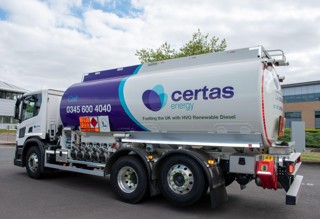The Dearman Hubbard zero emission transport refrigeration unit (TRU), in partnership with Unilever, has been deployed on the European mainland for the first time.
In a six-month deployment in the Netherlands, which ran from June to December 2017, Unilever used a Dearman Hubbard transport refrigeration unit to undertake deliveries of frozen produce across the country.
The successful trial demonstrated that the Dearman technology outperforms diesel incumbents on economic and environmental grounds.
Dearman’s chief executive Scott Mac Meekin said: “Both Unilever and Dearman have a shared ambition to tackle environmental impacts through innovation.
"This trial has taken us a big step forward on that journey as we have been able to demonstrate that Dearman technology is able to provide environmental and societal benefits alongside operational improvements while remaining cost competitive.”
Operating a single Dearman Hubbard TRU reduced carbon dioxide emissions by 600kg per month compared to a conventional diesel system.
It also eliminated all nitrogen oxide and particulate matter emissions, helping to have a significant positive impact upon local air quality.
Crucially, the trial was also able to demonstrate that while achieving these operational, environmental and social benefits, it was cost comparable to existing diesel systems, meaning that operators can achieve significant advantages without having to absorb additional costs.
Unilever’s vice president for Logistics Europe Raghuraman Ramakrishnan said: “By opening up our logistics network to Dearman’s innovation, and collaborating in this way, we have provided our partner with a great opporunity to test a revolutionary product under real life conditions.
“Reducing the environmental impact of our logistics network is an integral part of the Unilever Sustainable Living Plan and our goal is to make sure that our transport and distribution systems are as green as possible.
“We are committed to advancing sustainable solutions in logistics and leveraging new technologies once they become commercially available, in order to achieve this.”
















Login to comment
Comments
No comments have been made yet.